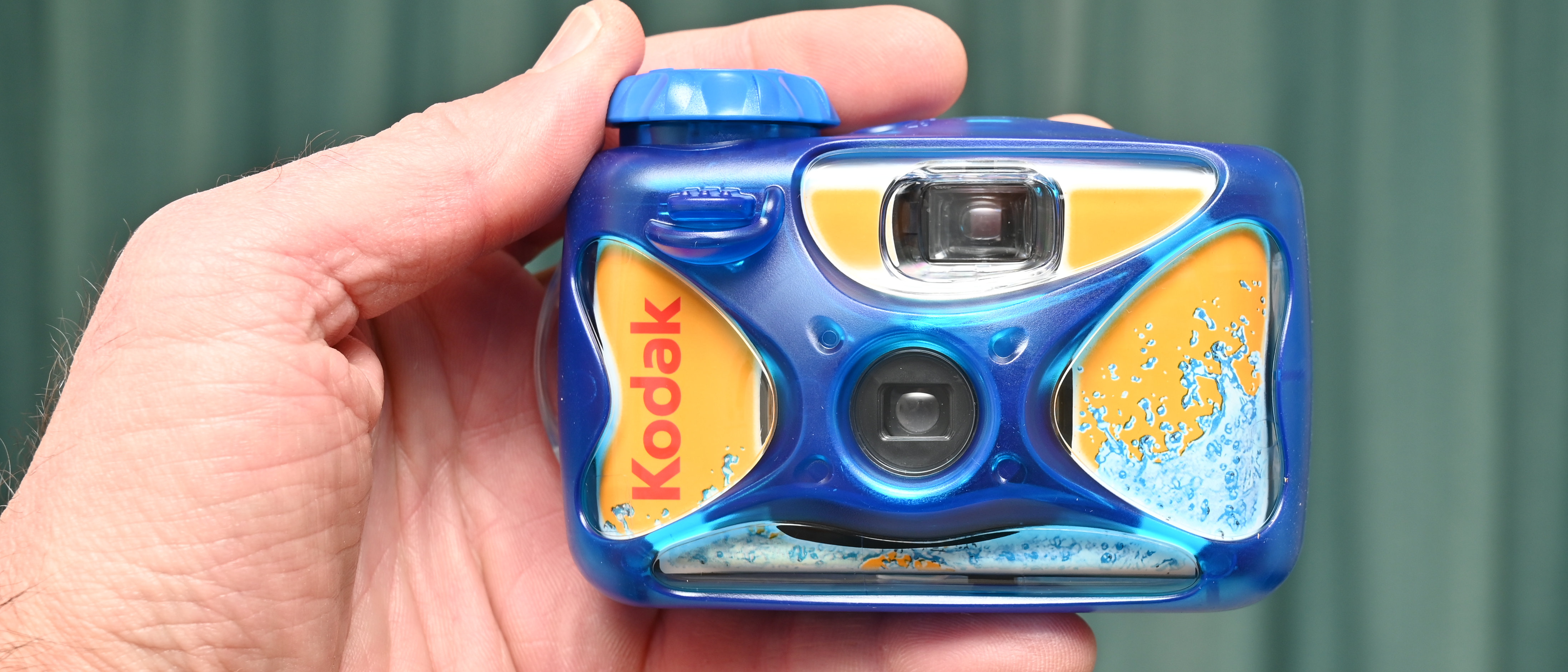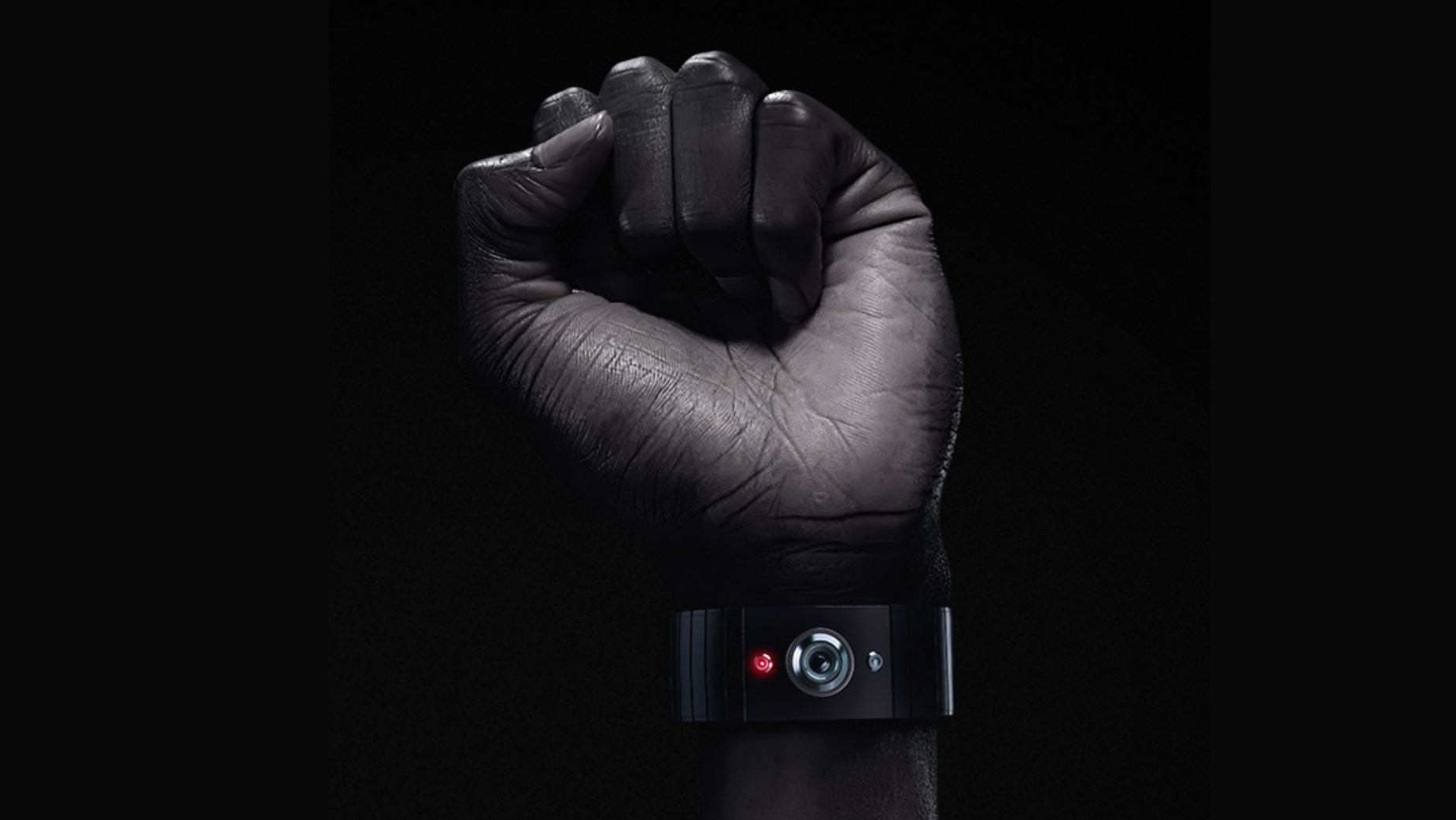Digital Camera World Verdict
You can dive deep with the Kodak Sport Single Use Camera. I like that I don’t have to worry about rainy weather or the camera getting splashed, and can even jump right in and shoot underwater to depths of 15m/50ft. Image quality is every bit as mediocre as I’d expect from a cheap disposable film camera.
Pros
- +
Cheap underwater photography
- +
Pre-loaded Kodak MAX film
- +
Easy to use
Cons
- -
No flash
- -
Film winder is slippery when wet
Why you can trust Digital Camera World
For the beach or pool and for watery sports like rafting, this camera comes in a sealed casing that’s watertight down to a depth of 15m or 50ft. It has a cool-looking design and is built to be easy to use for adults and children alike, making it ideal for family fun. As a single-use film camera rather than being reloadable, it comes complete with a pre-loaded roll of 35mm Kodak MAX Versatility Plus ISO 800 color film, with 27 exposures on the roll.
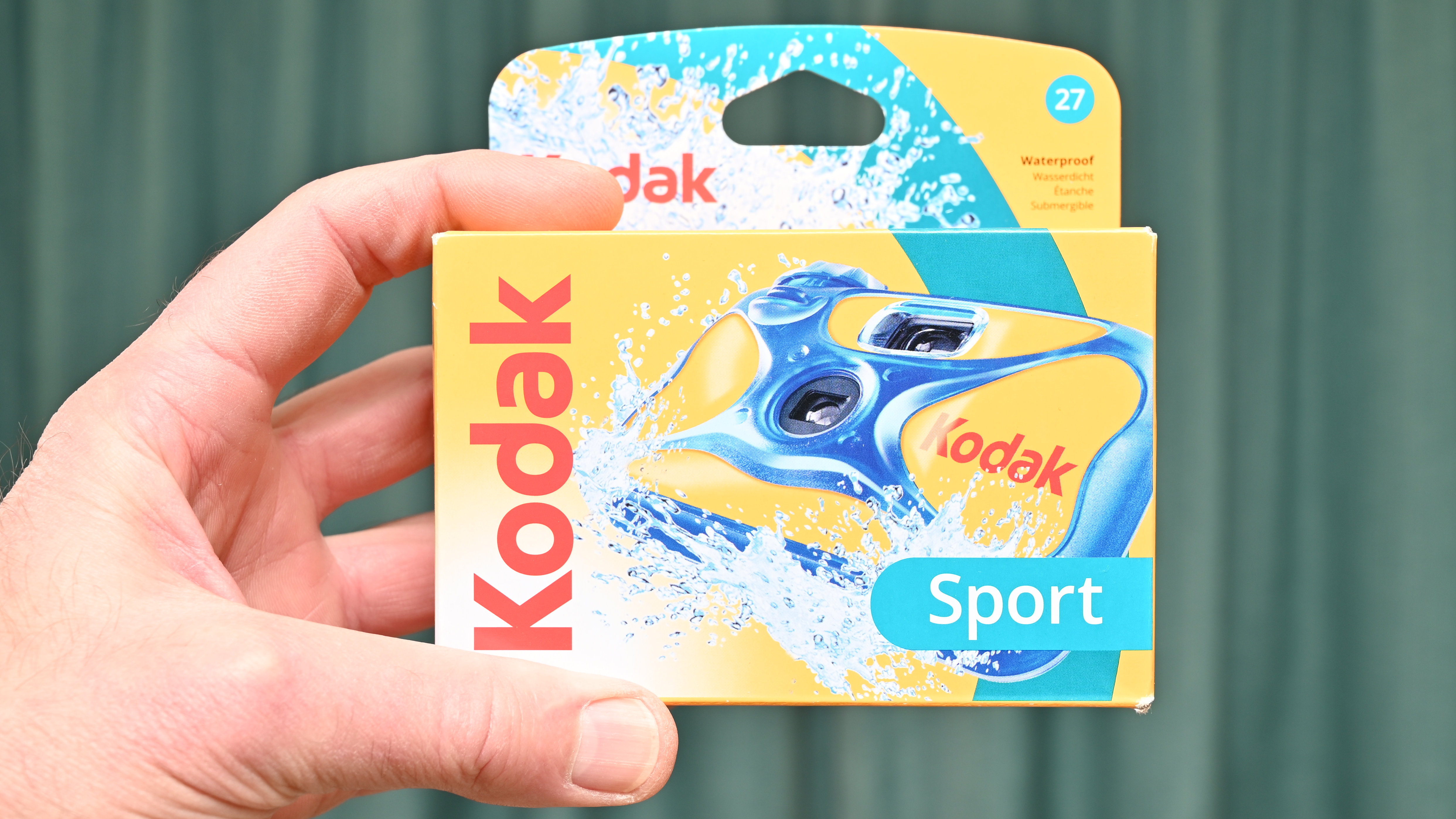
Specifications
| Camera type | 35mm single-use |
| Film type supplied | Kodak MAX Versatility Plus ISO 800 |
| Color / B&W | Color |
| Film length supplied | 1x 27 exposures |
| Flash | No |
| Minimum subject distance | 1m |
| Dimensions (W x H x D): | 110 x 76 x 45mm |
| Weight (inc film & battery): | 146g |
Price & Availability
Selling for around $16 / £18, this camera costs pretty much the same as the Kodak Funsaver Single Use Camera, on which it’s based. That makes it very good value at the price, considering that you’re basically getting the underwater casing for free. However, that gain is somewhat negated by the waterproof camera lacking a flash, as featured in its more land-loving sibling.

Design & Handling
I like the chunky feel of this camera. It also feels very durable, especially for a camera that’s only designed to be used for 27 shots over its lifetime. Like most single-use, disposable cameras, it’s very easy to use. The moderately wide-angle lens has a fixed aperture and no focus adjustment, designed to keep everything in focus from about 1m to infinity.
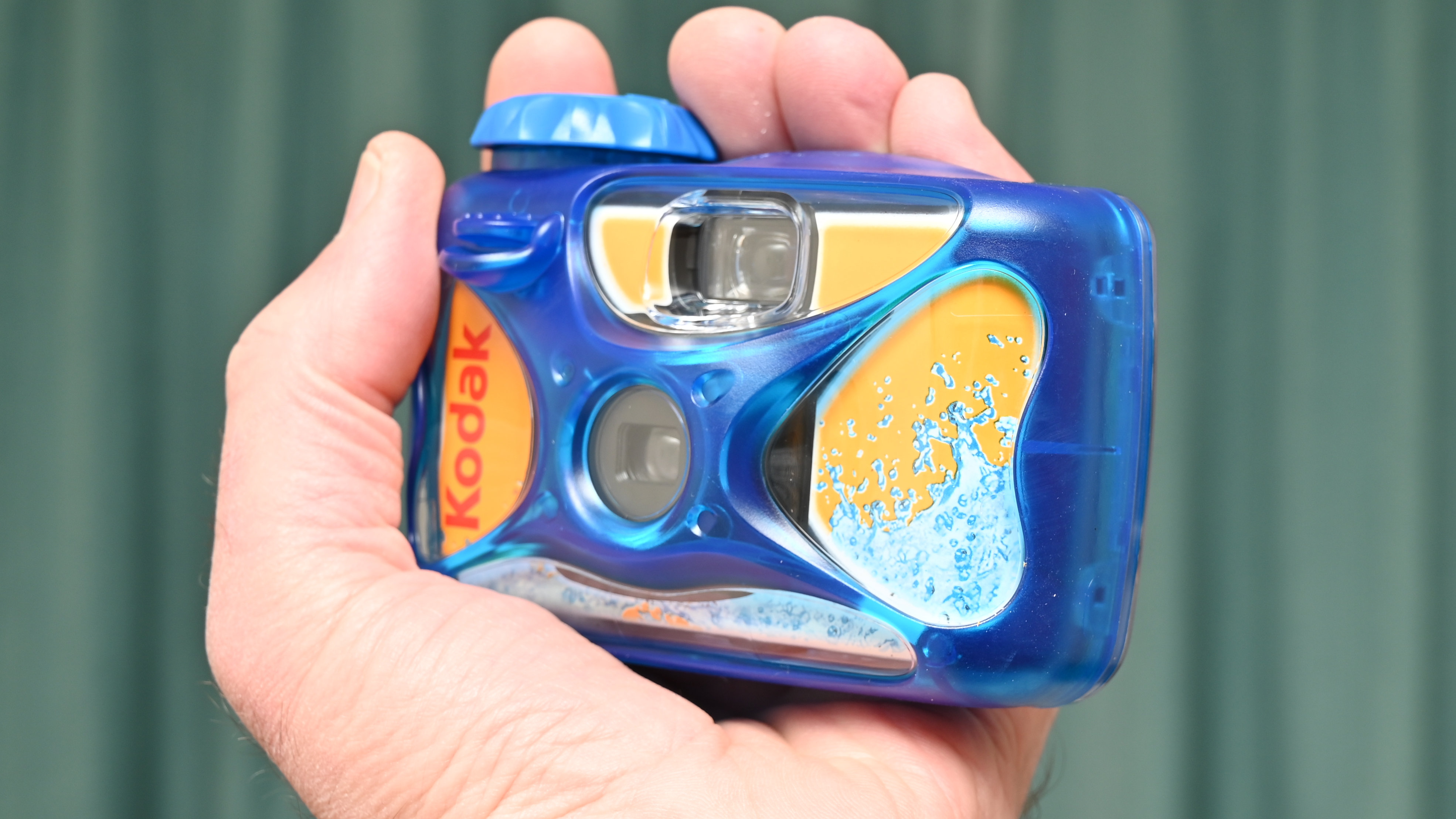
Unlike most disposable cameras, it has no built-in flash. It therefore has no battery either, so it’s a purely mechanical device. That’s fair enough, as water and electronics never play well together. However, it limits the camera’s use to outdoor shooting scenarios, or very brightly lit interiors. Another problem, given that the camera is designed to be fit for underwater shooting, is that ambient light levels drop off dramatically at lower depths, towards the 15m or 50ft dive rating.
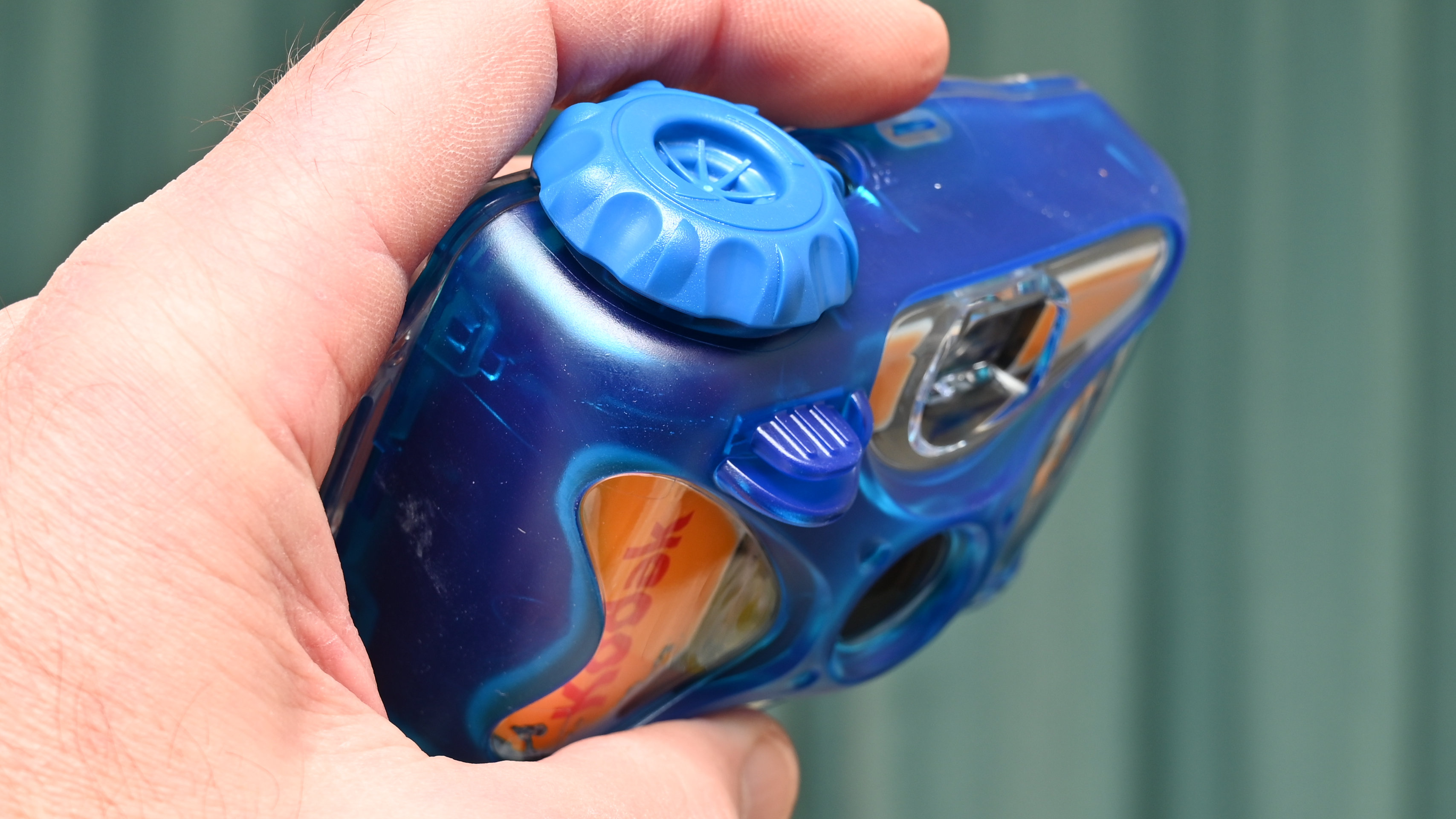
The controls are simplicity itself. As usual for a disposable camera, the roll of pre-loaded film is wound out to the end during installation. There’s just a shutter release lever and a film advance wheel. And yes, the shutter works from a lever rather than a button, dictated by the design of the underwater casing. The film advance wheel also sits proud of the top of the casing and works well enough, although it can feel a bit slippery when wet. The camera comes with a chunky rubber strap that you can attach to stop it from drifting off when you’re in the water.
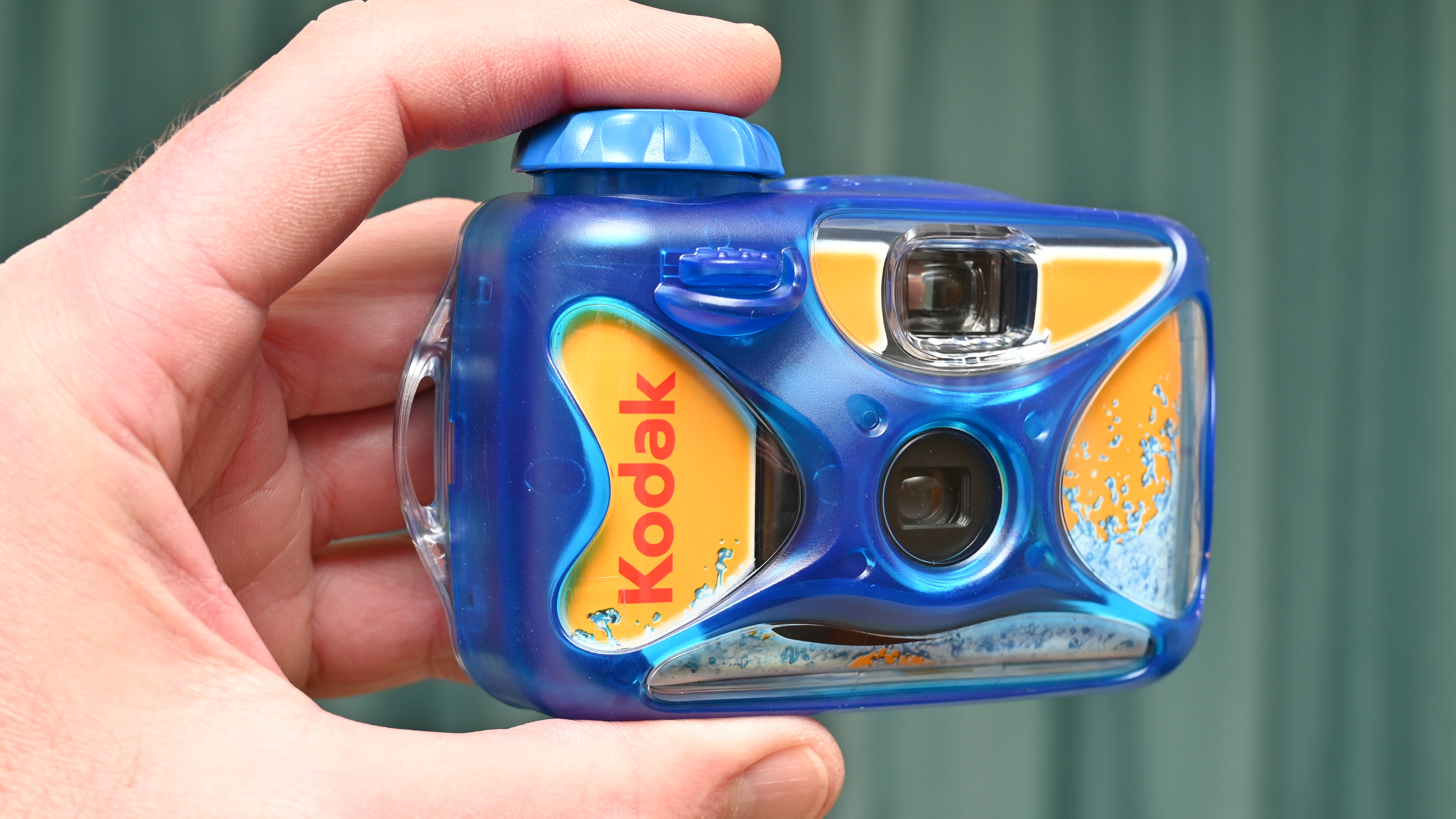
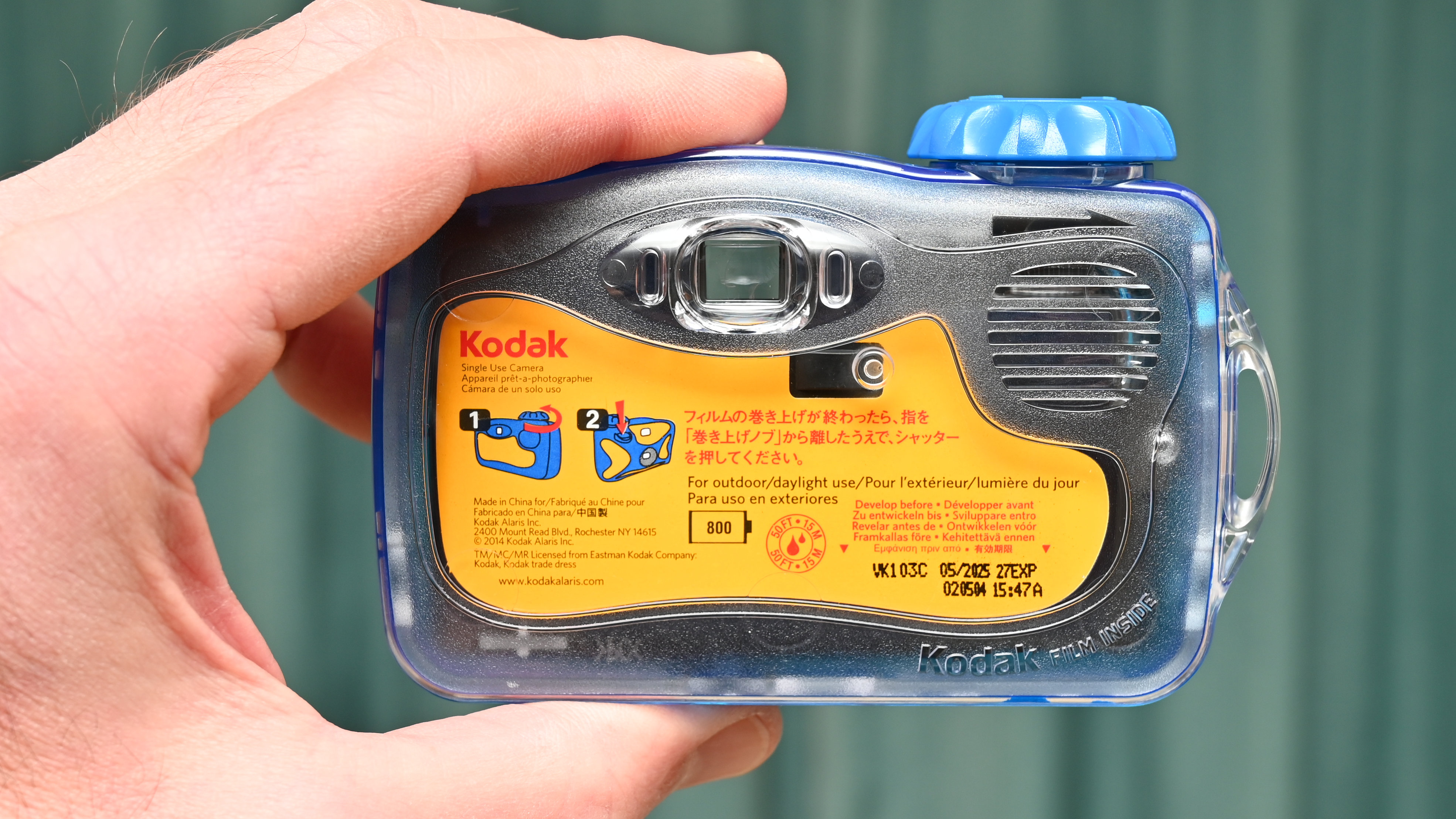
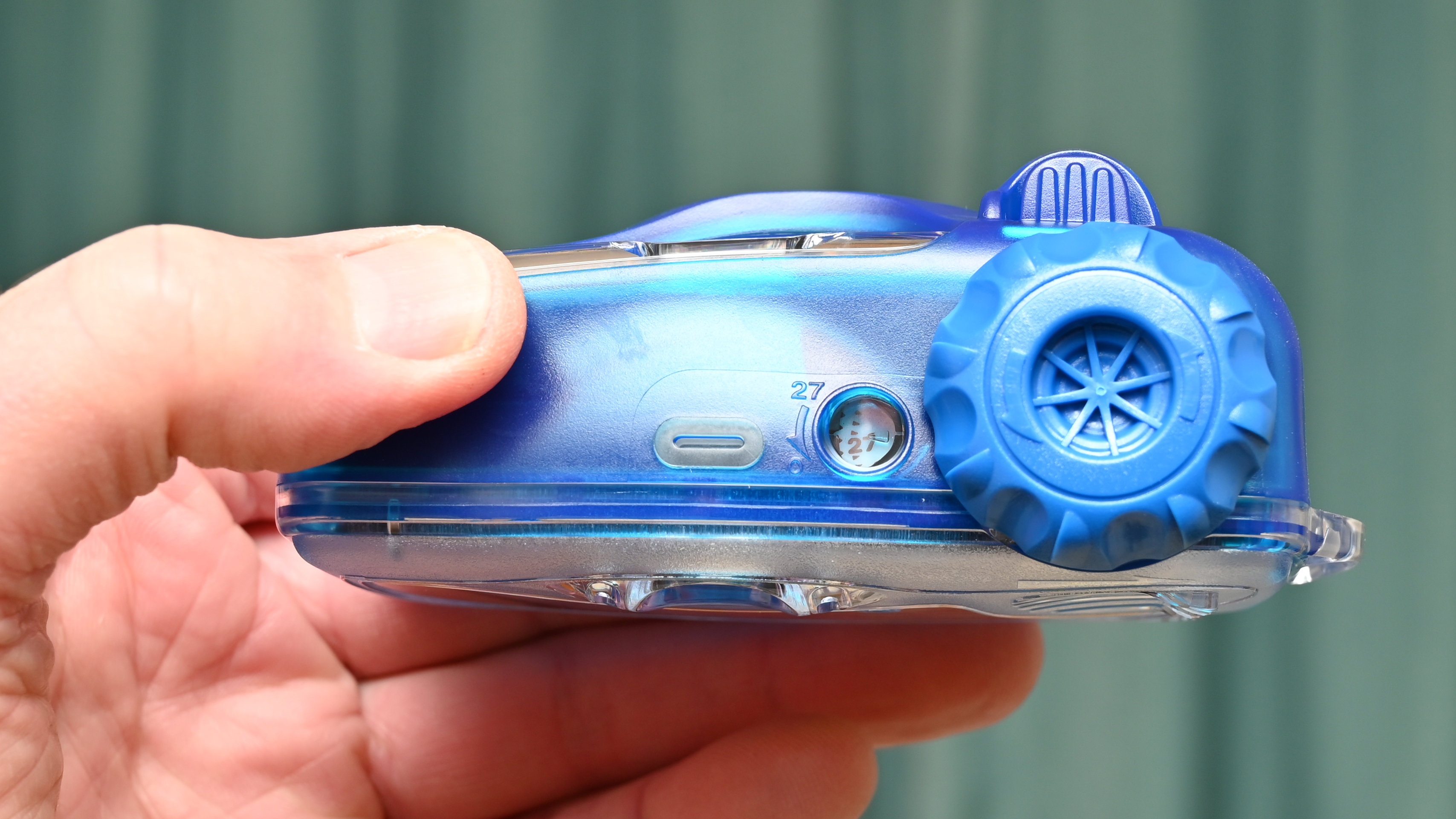
Photo Performance
For real-world testing, I used the camera in various lighting conditions outdoors, from direct sunlight to deep shade. Although it doesn’t have a flash and is advertised for outdoor use only, I also tried indoor shots in a bright room with big windows and strong overhead lighting.
The pre-loaded roll of 35mm Kodak MAX Versatility Plus ISO 800 color film gives sufficient headroom for really bright scenes under direct sunlight, yet still gives usable exposures in deep shade, thanks to the latitude of the film, despite the camera having a fixed exposure setting.
With no flash, indoor shots proved a bridge too far for the camera. As usual with this sort of camera, sharpness and the retention of fine detail are pretty poor by current standards, compared with even a basic smartphone.
Sample Images
This gallery of sample shots was taken in varying lighting conditions from bright direct sunlight to deep shade, as well as indoors even though that's not recommended (and you'll see why).








Verdict
The major plus point of the Kodak Sport compared with other disposable film cameras is that it comes complete with an underwater casing. I found I could run it under a tap of cold water or submerge it with no ill effects. Image quality is pretty reasonable for a cheap disposable camera and the pre-loaded Kodak MAX Versatility Plus ISO 800 color negative film has good latitude for varying outdoor lighting conditions. With no flash, however, the camera can’t really cope with indoor shooting or for deep underwater scenarios, where light levels are low.
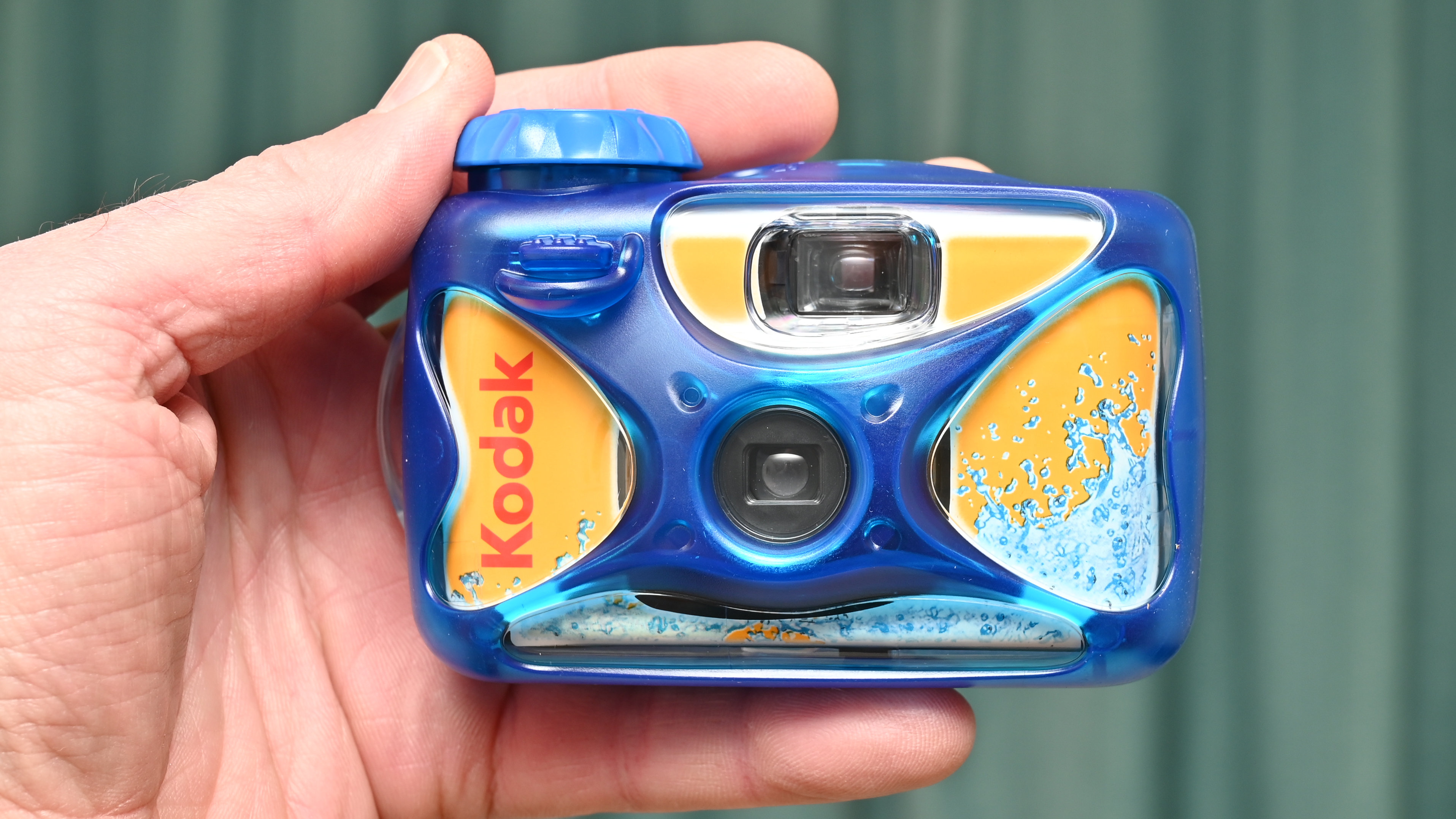
Should you buy the Kodak Sport Single Use Camera
✅ Buy this...
- Waterproof casing
- Ideal for snorkeling
- Fully weather-proof
🚫 Don't buy this...
- Can’t be reloaded
- Outdoor use only
- Film processing is pricey
Alternatives
The Lomography Simple Use Reloadable Film Camera Color Negative looks and feels like a disposable camera but you can actually reload it, if you have the patience. An underwater casing is available as an optional extra, and it comes with a 36-exposure roll of color-negative film.
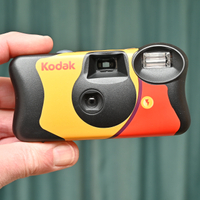
If you don’t need a camera to use underwater, the Kodak Funsaver Single Use Camera is a very similar camera but without the waterproof casing, while adding a built-in flash that makes it usable indoors as well as in the great outdoors.
Matthew Richards is a photographer and journalist who has spent years using and reviewing all manner of photo gear. He is Digital Camera World's principal lens reviewer – and has tested more primes and zooms than most people have had hot dinners!
His expertise with equipment doesn’t end there, though. He is also an encyclopedia when it comes to all manner of cameras, camera holsters and bags, flashguns, tripods and heads, printers, papers and inks, and just about anything imaging-related.
In an earlier life he was a broadcast engineer at the BBC, as well as a former editor of PC Guide.
